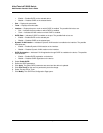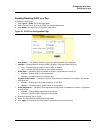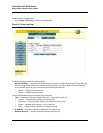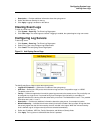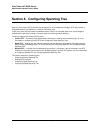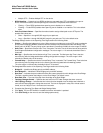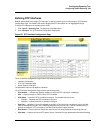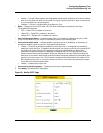
Page 88
Allied Telesis AT-8000S Switch
Web Browser Interface User’s Guide
Section 8. Configuring Spanning Tree
Spanning Tree Protocol (STP) provides tree topography for any arrangement of bridges. STP also provides a
single path between end stations on a network, eliminating loops.
Loops occur when alternate routes exist between hosts. Loops in an extended network can cause bridges to
forward traffic indefinitely, resulting in increased traffic and reducing network efficiency.
The device supports the following STP versions:
• Classic STP — Provides a single path between end stations, avoiding and eliminating loops. For more
information on configuring Classic STP, see Configuring Classic Spanning Tree.
• Rapid STP — Detects and uses network topologies that provide faster convergence of the spanning tree,
without creating forwarding loops. For more information on configuring Rapid STP, see Configuring Rapid
Spanning Tree.
• Multiple STP — Provides various load balancing scenarios. For example, if port A is blocked in one STP
instance, the same port can be placed in the Forwarding State in another STP instance. For more information
on configuring Multiple STP, see Configuring Multiple Spanning Tree.
This section contains the following topics:
• Configuring Classic Spanning Tree
• Defining STP Interfaces
• Configuring Rapid Spanning Tree
• Configuring Multiple Spanning Tree



